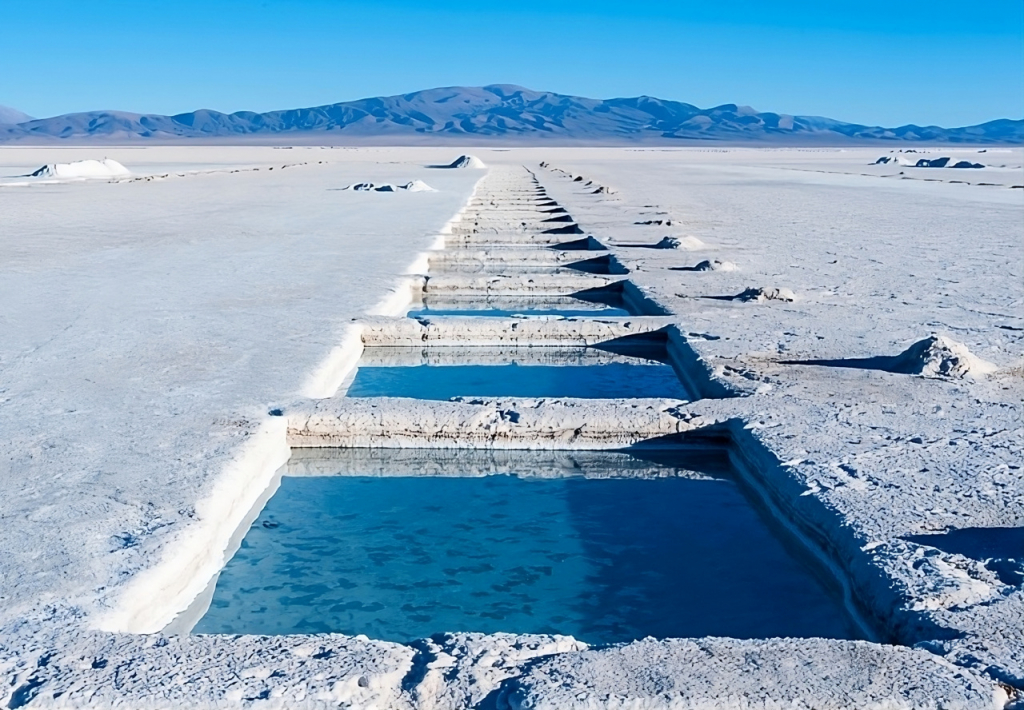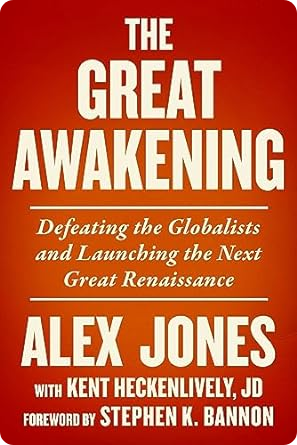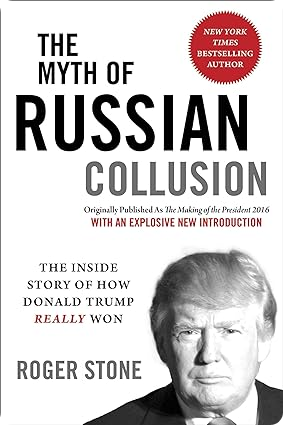
The Geopolitics of Lithium
Keep up to Date & Bypass the Big Tech Censorship
Get uncensored news and updates, subscribe to our daily FREE newsletter!
Among the critical minerals, some occupy a special place. For example, it is difficult to imagine the normal functioning of a large metropolis without salt. In the Middle Ages, many countries experienced “salt riots” due to salt shortages or tax increases. The situation is similar with petroleum products, on which the transport system of any state is highly dependent. Some rare earth or other metals do not feature prominently in the list of critical resources, but they are necessary for the production and uninterrupted operation of the country’s infrastructure system.
For example, we use lithium-ion batteries in our daily lives. Whether it’s regular batteries, mobile phones, laptops, home appliances, electric cars, drones, or specialized equipment like submarines, all of these devices need lithium. Lithium and its derivatives have other industrial applications. Lithium carbonate (Li2CO3) is used in the production of glass and ceramics, as well as in pharmaceuticals. Lithium chloride (LiCl) is used in the air conditioning industry, while lithium hydroxide (LiOH) is now the preferred cathode material for lithium-ion batteries in electric vehicles.
Lithium is valued as a rechargeable material because it stores more energy relative to its weight than other battery materials.
| Recommended Books [ see all ] | ||||
|---|---|---|---|---|
 |  |  |  |
 |
It is a toxic metal that is difficult to extract (it takes 100 tons of ore to produce one ton of lithium) and to dispose of, but its reserves are nevertheless “hunted” around the world.
Globally, lithium is considered a strategic, but not rare, resource. It is present in nature in very diverse forms, most often in low concentrations. It is currently economically viable to extract lithium from two sources: brines (continental and geothermal) and “hard rocks” (pegmatites, hectorite and jadarite). Brines represent about 50% of the world’s reserves (source).
Producers use more than 160,000 tons per year. Global lithium consumption is expected to reach at least 200,000 tons by 2025 and grow nearly 10-fold over the next decade.
But there is a geographical nuance: lithium deposits are limited to a small number of countries, so issues relating to its extraction automatically take on geopolitical importance.
According to the US Geological Survey (USGS), the world’s largest inferred lithium resources last year were Bolivia, where they were estimated at 21 million tonnes, Argentina (19 million tonnes), Chile (9.8 million tonnes), the United States (9.1 million tonnes), Australia (7.3 million tonnes) and China (5.1 million tonnes). The service estimates Russia’s projected lithium reserves at 1 million tons (source).
Bolivia, Argentina and Chile make up the “lithium triangle”. This triangle is considered to be of increasing strategic importance, as these countries seek to gain a technological advantage by controlling the lithium industry. This triangle uses the vaporization method, so the cost of lithium there is lower than mining. The lithium triangle in the salt marshes of Bolivia, Chile and Argentina is estimated to account for 56% of global resources, 52% of global reserves and one-third of global production in 2021.
In Chile, lithium is considered a strategic resource. Decree No. 2886 (Ministerio de Minería, 1979) declared it reserved to the State and excluded it from all mining concession regimes, with the exception of entities that held mining concessions (pertenecias mineras) before 1979. As a result, two private companies have been mining lithium for more than 25 years – the US company Albemarle and the Chemical & Mining Co. of Chile Inc, both operating in concession areas of the Chilean Corporation for the Development of Production (CORFO) in the Atacama salt plain.
In Argentina, the situation is somewhat different. U.S. companies have been mining lithium there for more than 20 years, and Canadian, Australian, Chinese and Japanese companies have joined them. Over the past decade, Argentina has been the most dynamic country in terms of lithium production expansion, with some 38 projects in various stages of preliminary implementation. Nevertheless, the national government does not consider lithium a strategic resource (with the exception of Jujuy province, which has declared it strategic). As with any other mining activity, the regulatory framework is based on the National Constitution, the Mining Code and the Mining Law. The management of mineral resources is delegated to the provinces. The federal framework gives provinces the right to determine leases to private and public entities and standards for regulating mining activities within their jurisdiction.
To date, there are two main production sites in Argentina:
- A public-private partnership in Salar de Olaroz (Jujuy province), operated by Sales de Jujuy S.A., owned by Orocobre Limited, in a joint venture with Toyota Tsusho Corporation (TTC) and Jujuy Energía y Minería Sociedad del Estado (JEMSE – a company owned by the Jujuy Provincial Government);
- a private company (Minera del Altiplano S.A.) owned by Livent (formerly FMC Corporation) operating in Salar del Hombre Muerto (Catamarca province).
Bolivia is a special case: despite having the largest lithium deposit in the world, it has not entered the global lithium market significantly. The governance structure defines the strategic status of lithium and the centralized management of the state through the state-owned mining company Yacimientos del Litio Boliviano (YLB). For more than a decade, with a public investment of about $1 billion, the government’s strategy has focused on building infrastructure for the ISB value chain, but has had very modest results in terms of lithium carbonate production.
It is only in the industrialization phase of cathode and battery production that space for public-private partnerships is created, with the government retaining at least 55% of net profits. In December 2018, YLB officially registered a joint venture (YLB-ACISA) with the German company ACI Systems GmbH for a lithium hydroxide industrial complex, but the government of Evo Morales cancelled the contract following protests in Potosí against the terms of the agreement. Earlier this year, the Morales government also signed a joint venture agreement with China’s Xinjiang consortium TBEA Group-Baocheng to explore and extract resources in the Coipas and Pastos Grande salt marshes.
Bolivian state-owned company YLB and China’s CATL BRUNP & CMOC (CBC) recently signed an agreement under which the Bolivian side will oversee the entire soft metal industrialization process, from mining to commercialization. The Chinese partners will invest more than a billion dollars in the costs of commissioning and building the industrial complexes.
The agreement provides for the creation of two industrial complexes using direct lithium extraction technology in Potosí and Oruro.
Brazilian professor Bruno Lima believes that “if other countries copy the Bolivian model of industrialization of lithium production and enter into a profitable partnership for technology transfer, they will succeed.”
According to him, “[Bolivia] will not limit itself to selling on the international market, but will create a complete cycle. Part of the lithium is sold on the international market, like China, but the other part is devoted to processing, transfer and technological development.”
He adds, however, that “if these operations were done outside the dollar standard, it would be ideal. This is really a qualitative leap for the Latin American presence in the market and in the international system” (source).
It should be noted that Bolivia deliberately prevents U.S. companies from operating in Bolivia, while understanding their intentions and objectives. In 2022, the American company EnergyX was disqualified. The German company ACI, mentioned above, also encountered problems.
Since, in the case of ICA, the key decision involved the recognition of local communities’ rights to benefits and compensation on their territory, as well as the risk of environmental damage, these interrelated trends will only increase.
However, environmental aspects are directly related to lithium mining, in one way or another, regardless of which party is involved. While there is a wide range of lithium extraction methods, the main ones, including hard rock mining and extracting lithium from seawater, require large amounts of energy. These processes disrupt natural groundwater, local biodiversity and the ecosystems of surrounding communities. For example, nickel mining and refining practices have already caused documented damage to freshwater and marine ecosystems in Australia, the Philippines, Indonesia, Papua New Guinea and New Caledonia.
The pollution resulting from these activities not only affects the oceans and ecosystems, it also creates environmental risks throughout the life cycle of batteries, from the extraction of raw materials for their production to the disposal of used batteries in landfills, creating health risks for workers and impacting nearby communities due to the toxicity of heavy metals such as lithium (source).
As a result, environmental requirements will become stricter and new extraction and recycling technologies will be welcome.
It would seem that seawater can solve the lithium supply problems of markets, as the world’s oceans contain 180 billion tons of lithium. But the percentage of lithium they contain is about 0.2 parts per million. Existing evaporation technologies are time-consuming and space-intensive, which does not make them economically viable.
A new approach is to create special electrodes that act more selectively. Experiments of this type are being conducted at Stanford University, where the electrode has been covered with a thin layer of titanium dioxide as a barrier. Because lithium ions are smaller than sodium ions, it is easier for them to squeeze into the multilayer electrode. In addition, the way the voltage is controlled has been changed, which has improved performance, although this method is still quite expensive (source).
In terms of corporate structure, five major companies are lithium suppliers worldwide: Albemarle (USA), Ganfeng (China), SQM (Chile), Tianqi (China) and Livent Corp (USA) (source).
The geography of battery manufacturing is slightly different. In 2021, Australia, Chile and China accounted for 94% of global lithium-ion battery production. But in recent years, Chile has lost its leading role in the global lithium market as Australia has rapidly expanded its hard rock mining activities.
It should be noted that lithium is fully recyclable and therefore not a consumable product like petroleum. Therefore, even if lithium batteries begin to significantly replace internal combustion engines, we will not necessarily see a “lithium policy” replace the current “oil policy”. Nevertheless, if demand for electric vehicles increases significantly in the coming years (it is expected to reach $985 billion by 2027), countries with large lithium reserves will wield far greater power than they have in today’s economic and geopolitical hierarchy (source).
That’s why the U.S. is concerned that “with lithium supply chains critical to the future of technology and clean energy, lithium will play an important role in the competition between the U.S. and its rivals, primarily China, in the coming years.” China is currently the world leader in electric vehicle production. This is largely due to the fact that it has acquired 55% of the chemical lithium reserves needed for electric car batteries, mainly through its early investments in major mining operations in Australia” (source).
The EU is also concerned about its dependence on lithium supplies. In the upstream segment of the value chain, Chile supplies more than 70% of the EU’s lithium supply. Since other minerals are also needed to make batteries, the dependence extends to other countries.
The Democratic Republic of Congo supplies more than 60% of the cobalt processed in the EU. China, on the other hand, accounts for around half of the Union’s total demand for natural graphite. In addition, the EU’s international dependence on the low-carbon sector is also explained by the fact that its own battery cell production capacity is still relatively low. In 2020, EU battery production accounted for only 9% of global battery production (source).
It is therefore natural for the EU to try to prioritise high-risk investments in batteries that are less dependent on scarce natural resources such as cobalt, nickel or lithium.
Geopolitical tensions and possible lithium supply disruptions are not only highlighted in the West.
In May 2023, Asia Times noted that the top three producing countries process more than 80% of the most important minerals used in lithium batteries. China dominates the processing of almost all minerals, with more than 50% of the total market share, with the exception of nickel and copper, of which China controls 35% and 40% respectively.
“Science-intensive industries depend on the interdependence between countries with different levels of development. This works well in times of geopolitical stability and cooperation, but the high concentration of processing in the lithium battery supply chain means it is vulnerable to disruptions due to wars, global pandemics, natural disasters or geopolitical tensions.
Australia has the world’s largest reserves of lithium for battery production and export earnings have risen sharply, with lithium becoming Australia’s sixth most valuable export product. Australia needs to think about how to take advantage of this boom and what role it can play in the lithium race.
Australia and China are complementary in this supply chain. Australia supplies 46% of the world’s lithium-based chemicals, much of which goes to Chinese processing plants and then to Chinese battery and electric vehicle manufacturers.
China produces 60% of lithium products and 75% of lithium-ion batteries, mainly to power its growing electric vehicle market, which accounts for 60% of the global total.
Moving Australia up the value chain will require investment and technology, and will entail significant environmental costs. Without economies of scale, products made in Australia will not be able to compete globally. Australia needs to consider a long-term industrial policy that will allow it to play a role in tackling climate change, rather than being sandwiched between rival superpowers.
Australia is trapped in a superpower rivalry between China and the United States for control of lithium” (source).
The U.S. still lags behind China when it comes to lithium mining and battery production. It is estimated that 3.6% of the world’s lithium reserves are concentrated there, with only one lithium mine in Nevada (although more are planned), and only 2.1% of the world’s lithium is processed.
Yet in the 1990s, the United States was the leader in lithium production. The industry has been crippled by a combination of cheaper overseas production, strict environmental regulations, and the empowerment of indigenous people, who often own properties where lithium mines are located. The great environmental movement has shifted U.S. priorities: unless the U.S. develops domestic sources of lithium or obtains additional sources abroad, its national security is threatened by China’s expanding access to this resource (source).
The current situation also raises the question of controlling lithium supplies, as the West tries to impose all kinds of sanctions on undesirable states that pursue independent policies. And, according to the author of the RAND Corporation, it’s not that easy to do. “The special requirements for critical mineral suppliers to obtain credit for clean vehicles are designed to encourage increased production outside of China, which dominates global supply chains for electric vehicle batteries. A certain percentage of the minerals must be domestic in origin or come from a country with which the United States has a free trade agreement, and none can come from a “foreign interested party,” which includes China. Dominating one source of supply leaves the rest of the world vulnerable to disruption, and the fact that that source is China only increases the fears of the United States and its allies.”
Another RAND publication notes that China holds a huge share of lithium-ion battery production. Today, 91% and 78% of all battery anodes and cathodes, respectively, and 70% of the world’s cell production are produced in this country. China has also demonstrated that it is willing to restrict exports of key minerals, such as rare earths, to constrain its trading partners. Such export restrictions could have a negative impact on the entire U.S. economy and, in particular, on the growing market for electric vehicles. But they could also compromise the defense industry’s ability to support the U.S. military (source).
After all, there are certain parameters that determine technological superiority in geopolitical competition. In our case, gigafactories are a key indicator of who and where electric vehicle platform technology will dominate (and beyond). This term, originally coined by Tesla, refers to the ability to manufacture electric batteries on a large scale (for electric vehicles and energy storage). Capacity is measured in gigawatt hours (GWh). The importance of these gigafactories has grown significantly over time as this resource has become a major source of foreign direct investment and has become necessary to support battery-related industries, vehicle manufacturers and supply chains. According to the Automotive database (2021), Europe has only 25% of gigafactories, while Asia has 71% (China has 69% of capacity). As China leads gigafactories at the speed and scale required by global demand, gigafactories could become a “geopolitical hot spot” beyond the purely geographical concentration of infrastructure (source).
Meanwhile, China’s expansion into other markets is notable. For example, China’s Contemporary Amperex Technology Co. Limited (CATL) not only owns 22% of the total global 500 GWh gigafactory capacity in 2021, but is currently expanding into Europe and is expected to strengthen its presence in the US and other key regions.
By 2022, there will be 92 gigafactories in Asia, 23 in Europe and 13 in North America. The percentages are as follows: 72, 18 and 10. Paradoxically, Latin America, which accounts for most lithium production, has no gigafactories. Neither does Africa.
As for Russia, the lithium boom has only just begun. At SPIEF-2023, an agreement was signed on the development of the Kolmozersky lithium field in the Murmansk region. The exploitation of the field will create the first Russian production of lithium-containing raw materials, which will make it possible to supply lithium to leading Russian companies. Among them, a lithium-ion battery production plant in the Kaliningrad region, scheduled to be launched in 2025. The deposit itself contains about 19% of Russia’s lithium reserves. Its ore also contains valuable strategic materials: beryllium, niobium and tantalum (source).
We can only hope that the experience of other countries will be taken into account and that Russia will have at least a few more national gigafactories.
Translation by Robert Steuckers


